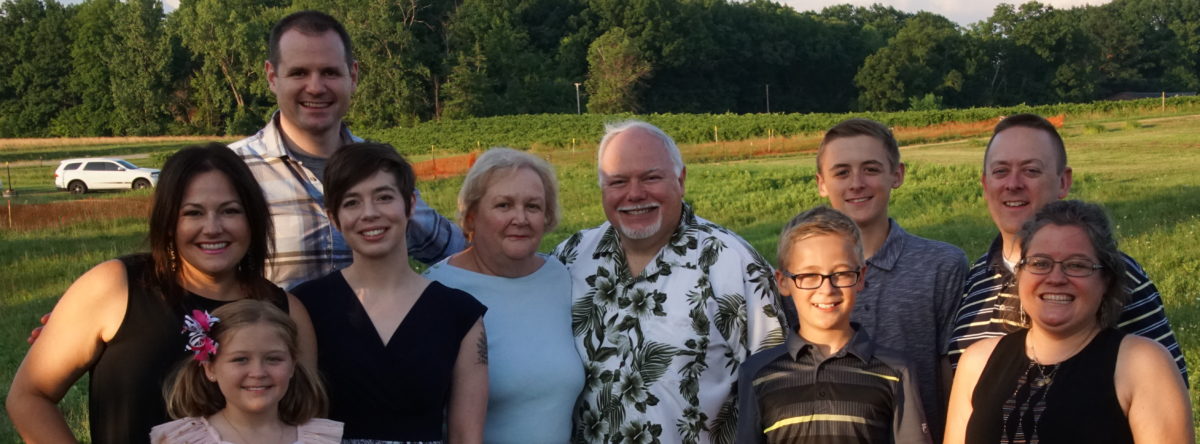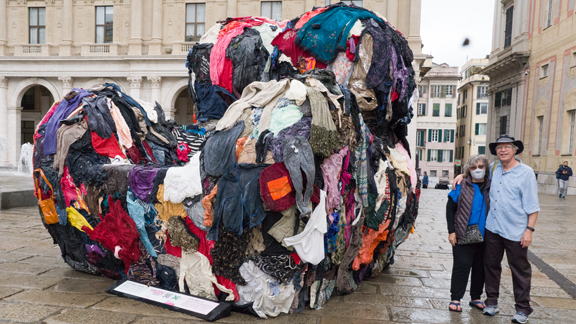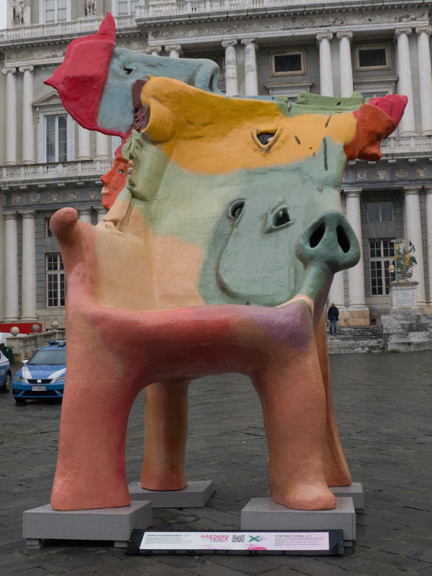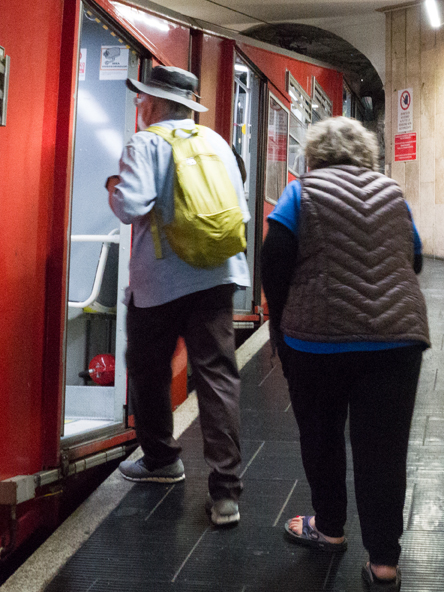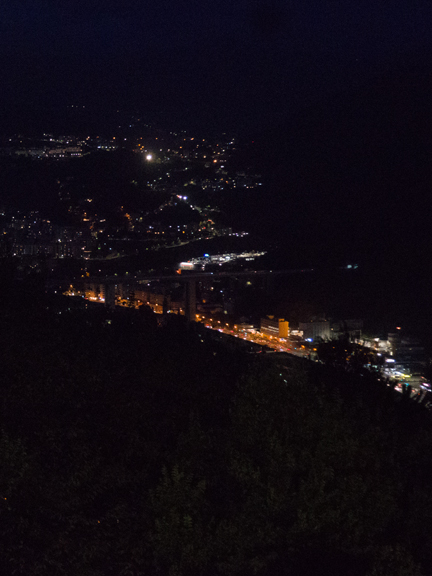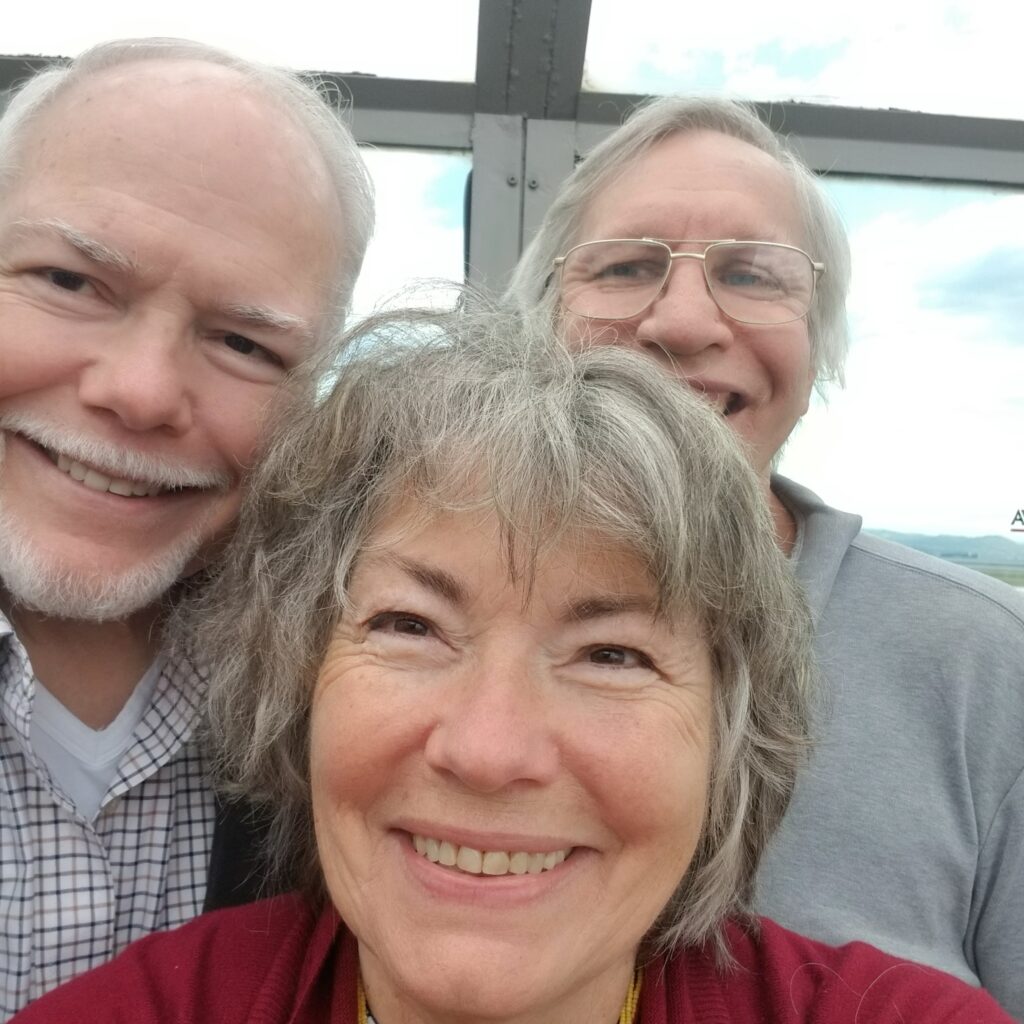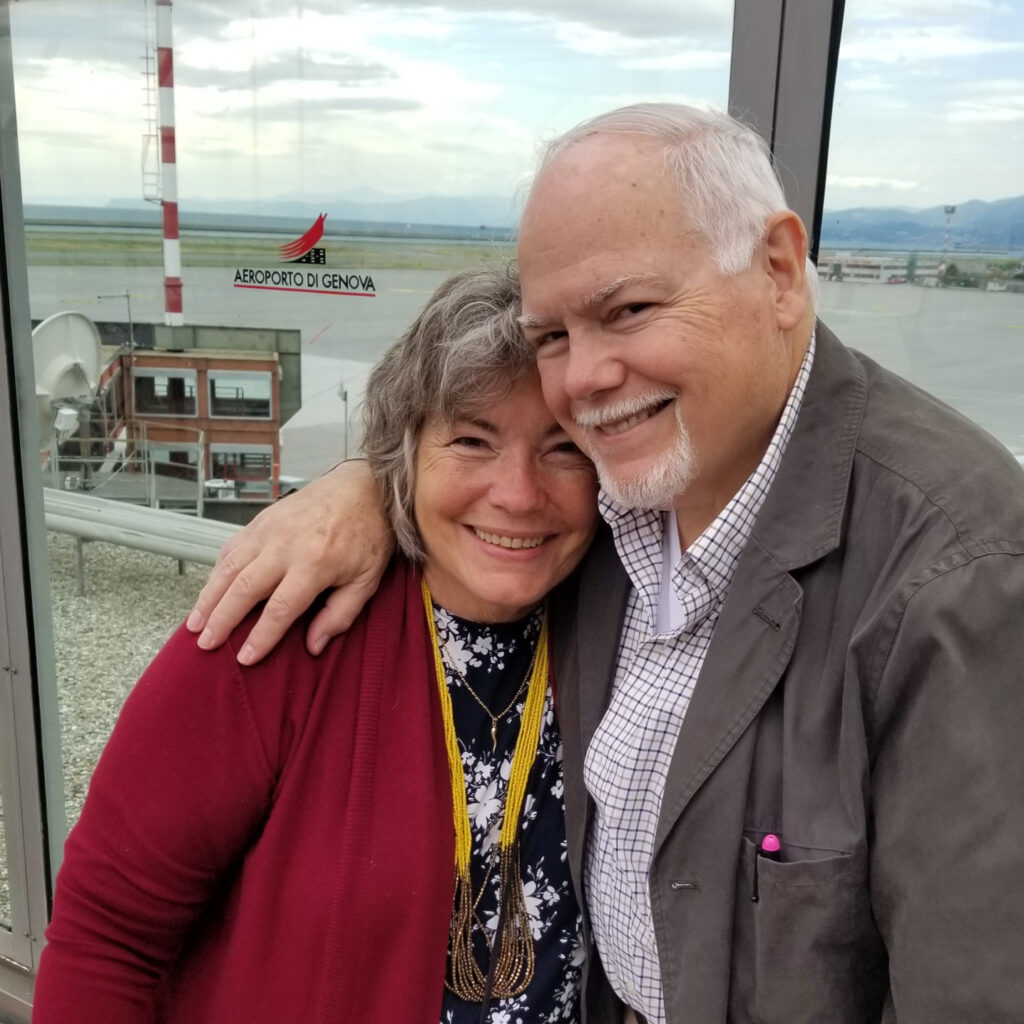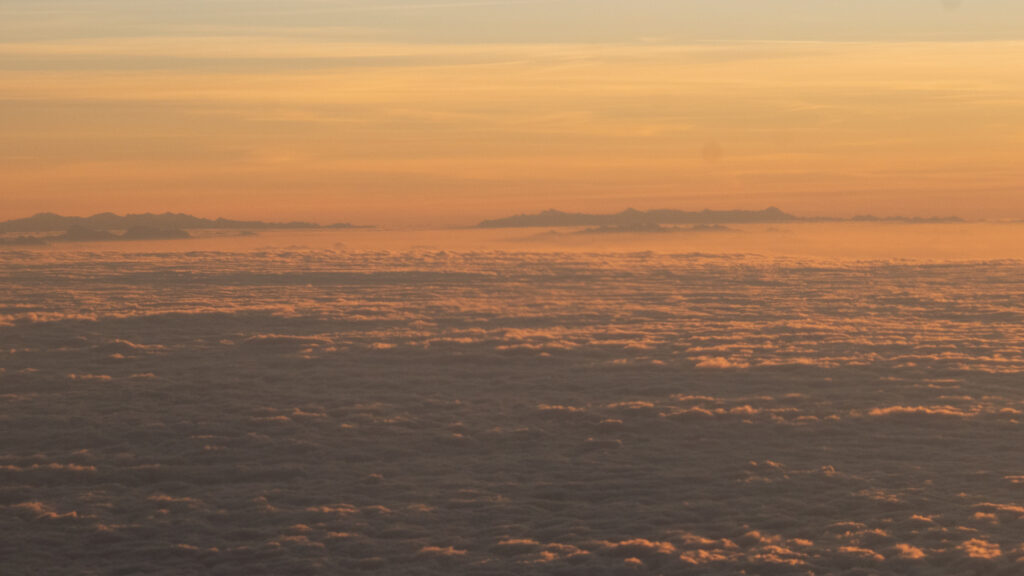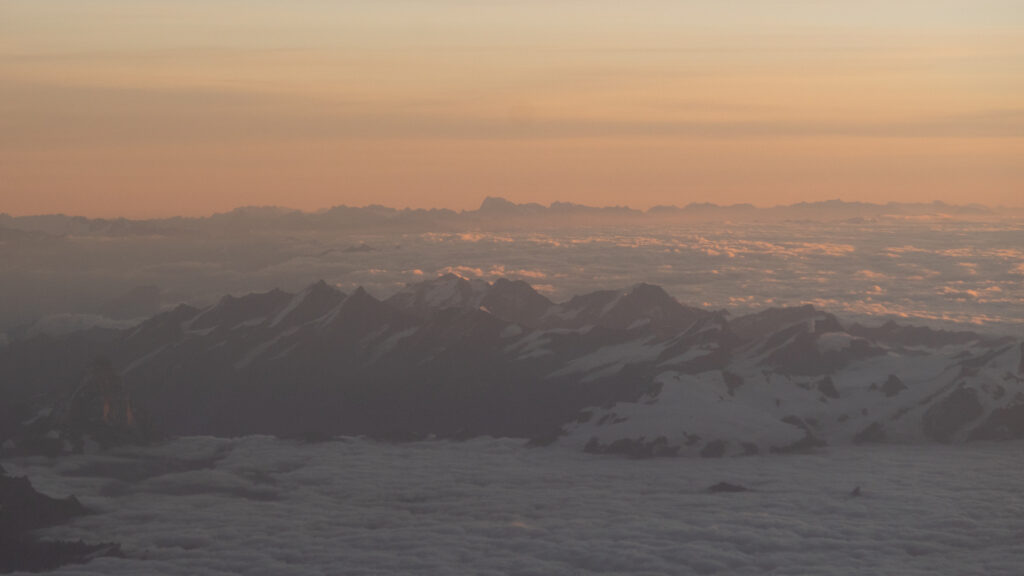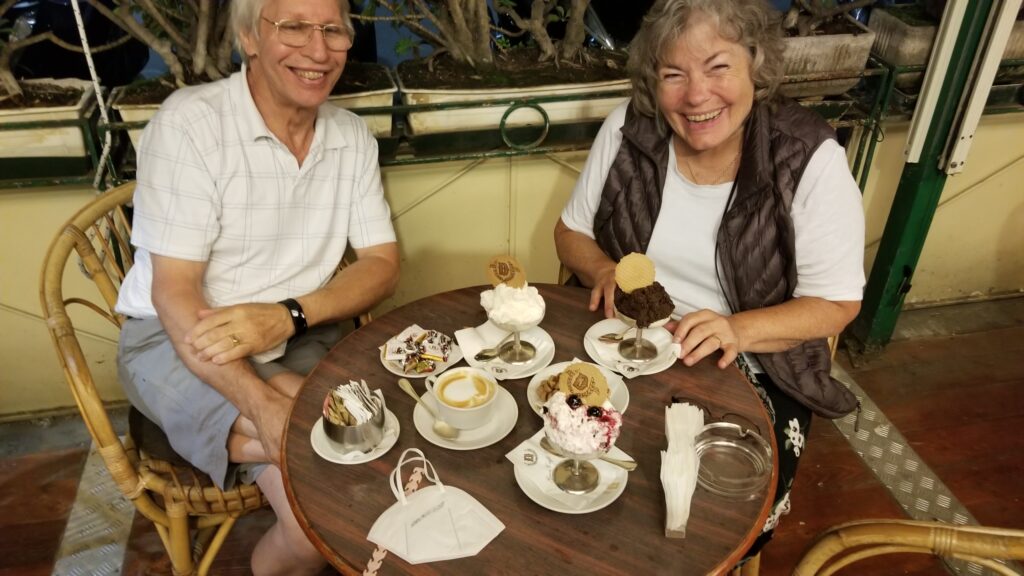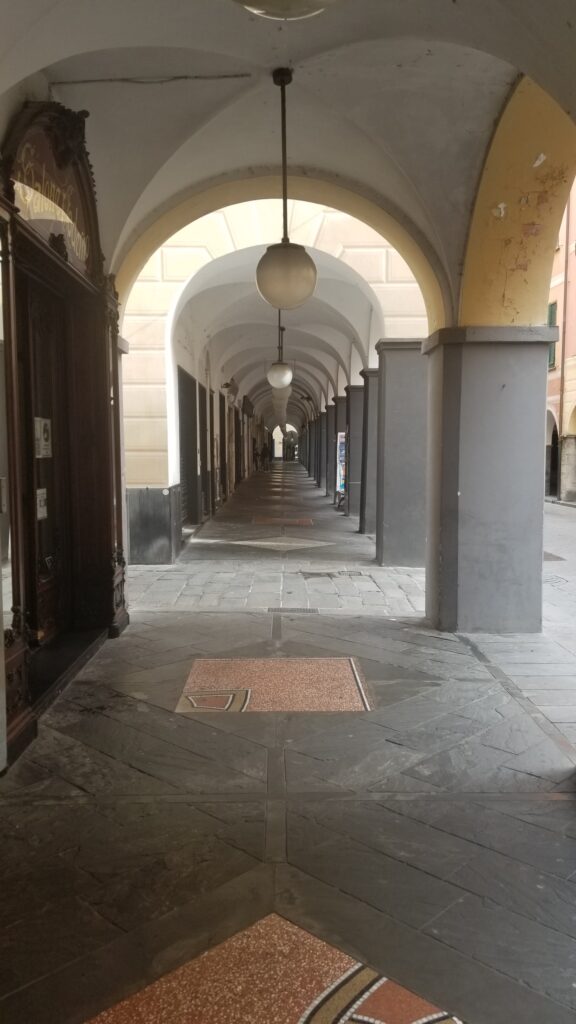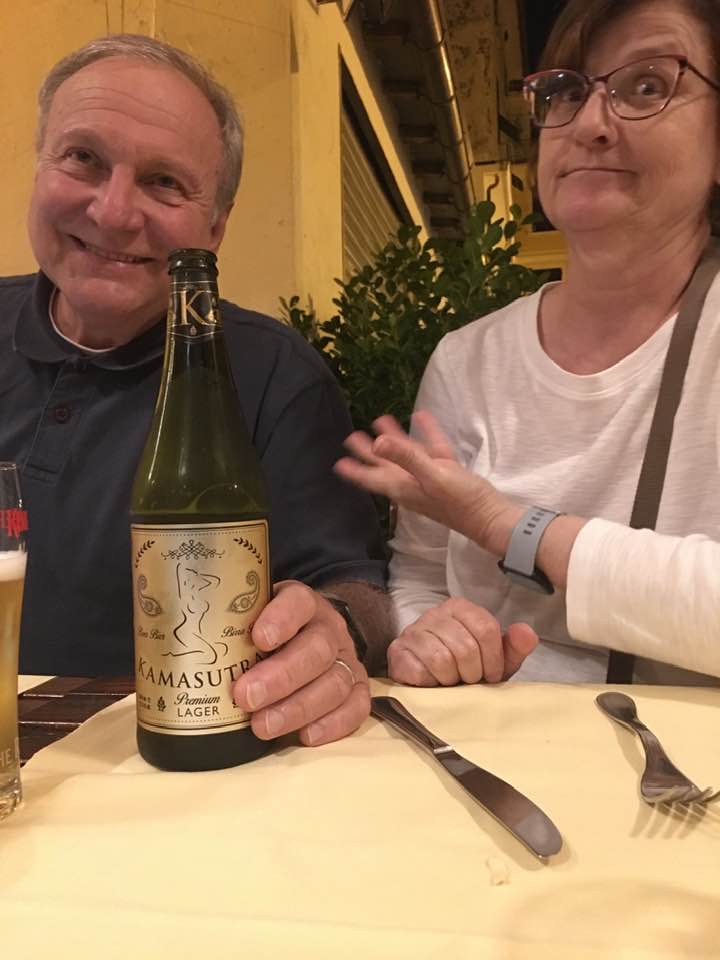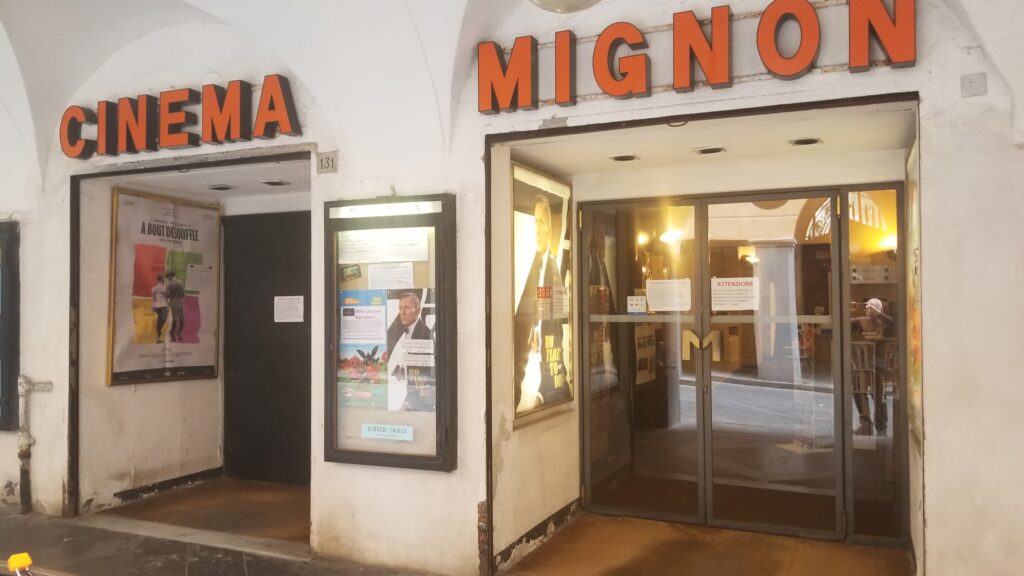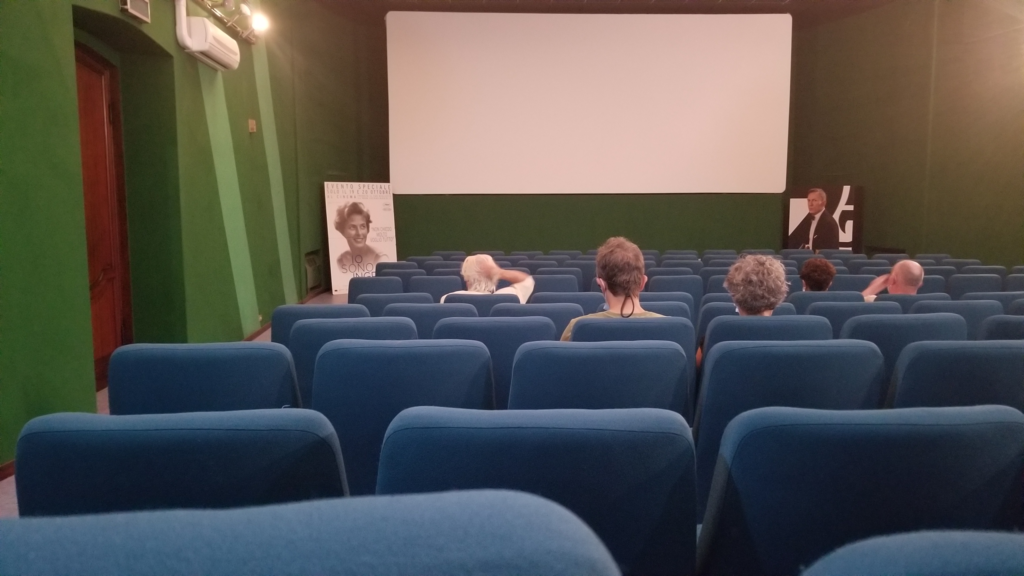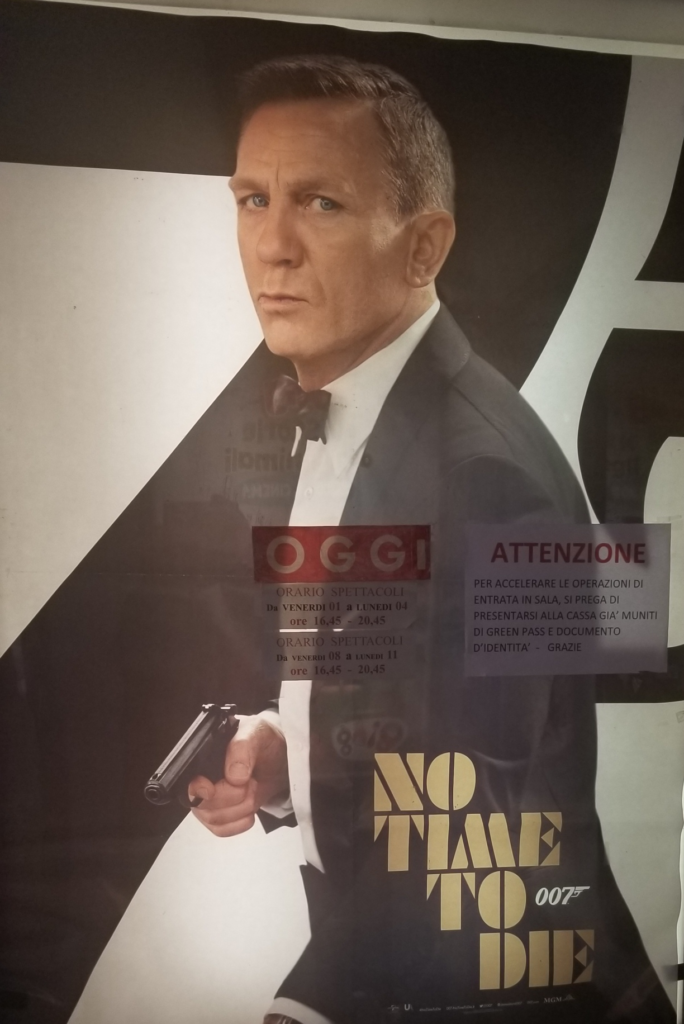If you’re picking up this narrative in the middle, you may wish to see Prima Parte, which was posted late on October 4. As noted at that point, our plan for Tuesday October 5 was to head to Genoa to see art in some 16th-18th century palazzi.
A few words of context are in order here. Genoa the city (as I’m using it here) is a port on the Ligurian Sea. We have been staying in Chiavari, about 35 minutes to the east of Genoa. But Chiavari is still “in” Genoa, because modern Genoa is also a “metropolitan city,” basically a province governed from its namesake central city. So the city of Genoa is a city within the metropolitan city of Genoa: think of the city and state of New York, if NYC were also the state capital.1 Before the 19th century, Genoa (the city) was the capital of the Republic of Genoa, an independent city-state with extensive maritime provinces. Much of the modern-day city dates back to that period of Genoese history.
Anyway, parking is difficult in Genoa, and I had never had the experience of riding in an Italian train. So we took a train to Genoa, and it proved to be a pleasant ride: quiet, fast, and easy. If we had left an hour earlier we would have ridden an express train, which has fewer stops; but it was still fine.
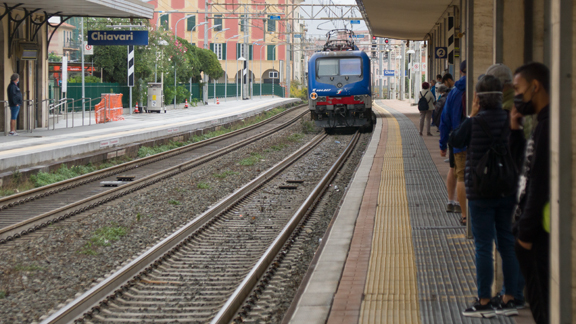
Once at Genoa’s Brignole station, we got day passes for Genoa transit and headed to one of our favorite places, Piazza de Ferrari, site of this lovely fountain.

It’s the site also of some interesting public art. Here, Judy and Lew stand next to a chair from an exhibit by Gaetano Pesce. In this case, the surface of the chair is made up of items of clothing, all lacquered for exposure, except for a few additional ones that have been added by passersby.
The main attraction bringing us into Genoa this day was an art exhibit on the Strada Nuova. Again, some explanation is in order. We are used to the idea that people with wealth will move to places in the country; but that isn’t always the only choice.2
In Genoa and many other Italian cities, nobles built their mansions right in the heart of the city, just feet away from each other. In Genoa, that is Strada Nuova (“New Street”) along the Via Garibaldi, home of the Palazzi dei Rolli, a system of 42 Genoese buildings that in 2006 became a Unesco World Heritage Site. We took in an exhibit in two of the buildings: Palazzo Bianco and Palazzo Tursi. The families must have liked each other, because the two palazzi are connected by a second-floor walkway and share this spiffy courtyard.
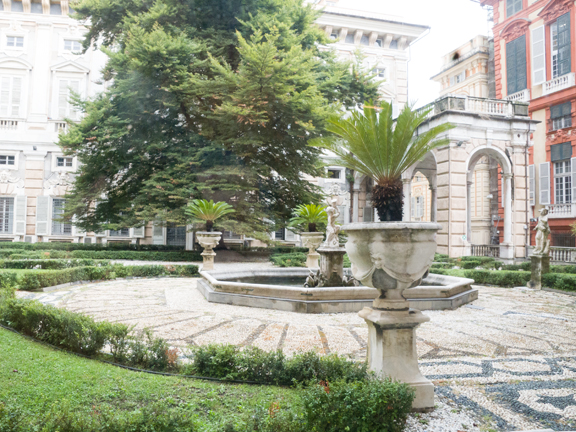
It’s a big exhibit, including not only paintings but other works of art as well. We saw the violin used by Niccolo Paganini, who was (of course) a Genovese. And we saw a subset of a larger exhibit, involving more of the houses, that will open next week. The exhibit permits use of cameras without flash, and I did record a few items that I found interesting.
I confess that I know little about fine art, so my observations are probably pretty superficial. I was impressed by the number of religious paintings. In a time when Catholics weren’t allowed to read the Bible in their actual languages (and most couldn’t read the original languages), religious art probably served double duty as religious education.
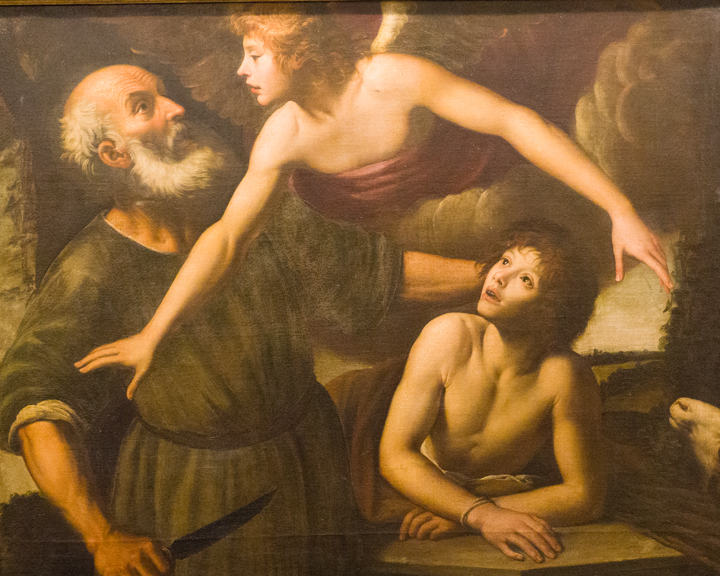
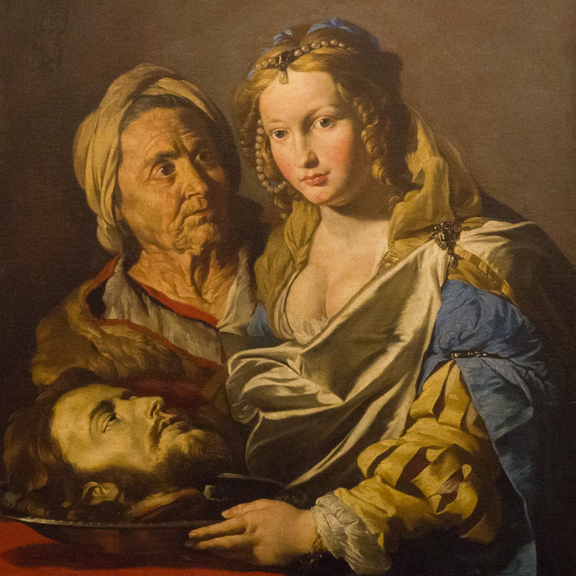
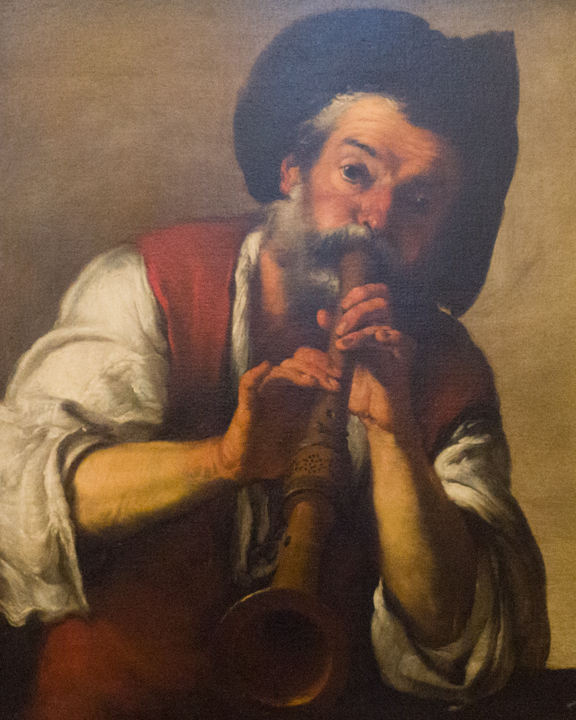
After art, it was time for dinner. I haven’t mentioned here how hilly Genoa is. Here are a couple of views up and down side streets that we passed on our way to dinner.
While waiting for our restaurant to open, we decided to take a trip on one of the the Genoa “funiculars.” These are inclined railways, running up and down the hillsides, in tunnels for the most part.
Our return home wasn’t as photogenic. Dinner was delightful but it ran a bit long. By the time we got to the metro station, the subways were closed, so we took a bus to the nearly-deserted train station. The midnight train was somewhat different from the one that brought us to Genoa: it had assigned seats, which led to some moving around and an inquiry from the conductor. But its onboard toilets were welcome. We got back to Chiavari in time for (and in need of) a good night’s sleep. I didn’t envy John and Elaine their half-hour drive into the hills.
Wednesday was the Holy Day itself: Judy’s birthday.
Judy had heard about a fixer-upper in Soglio, and we started by heading there to check it out, about a half-hour drive. The realtor texted apologies: he didn’t have the key; the key was with the owners in Milan. But the trip gave us a chance to revisit a place that is important to the family.
This area is lovely, but it’s having its economic issues. Soglio is a frazione (small village, without its own government) reachable by switchback roads halfway up Monte3 Ramaceto from the Torrente 4 Entella in the Val 5 Fontanabuona. In 2019 we visited another frazione called Costa di Soglio, still higher up the mountain. Soglio is small, with fewer than sixty residents; but Costa di Soglio is even smaller, with fewer than ten residents, and most buildings there are abandoned.
Nicole and her partner Nicola are part of a movement to rejuvenate tourism in the area, which has a network of old “roads”–paths, really–for transport of salt to customers. Situated on one of those salt roads, the Locanda del Sale6 has some history. The 200-year-old building was originally the convent for the Chiesa Parrocchiale (parish church) of San Michele next door. When we visited in 2013, it housed a British-style pub, but by 2019 it was a nice B&B. Along with tourist agencies in the area, the B&B is promoting tours and hikes along these old salt roads. We hope they are successful, because they are terrific hosts and their place is one of our favorite places to stay.

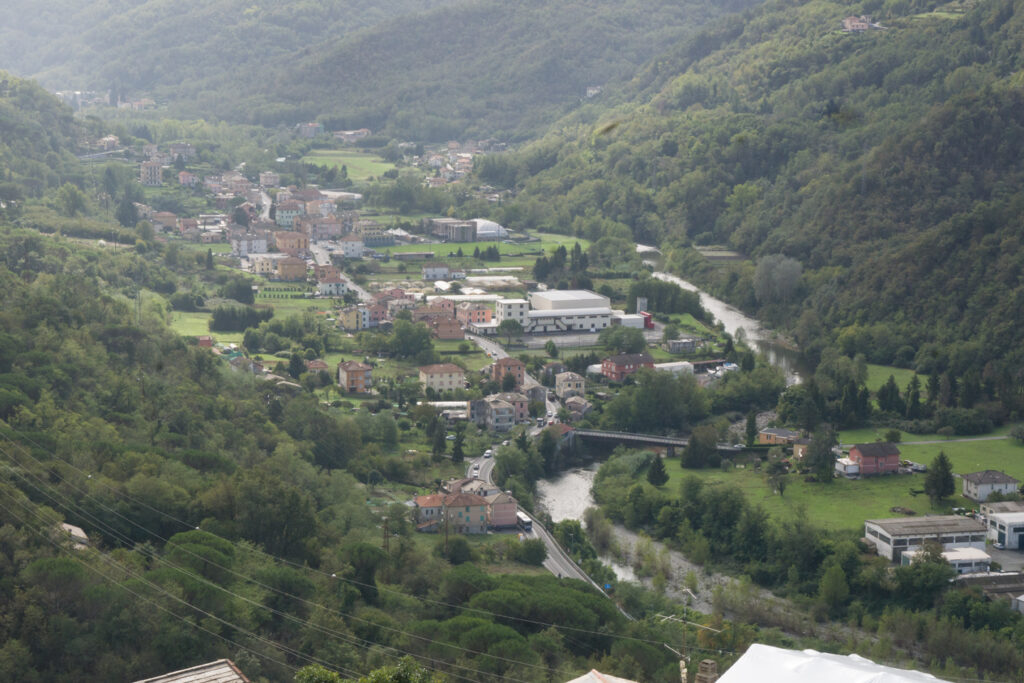
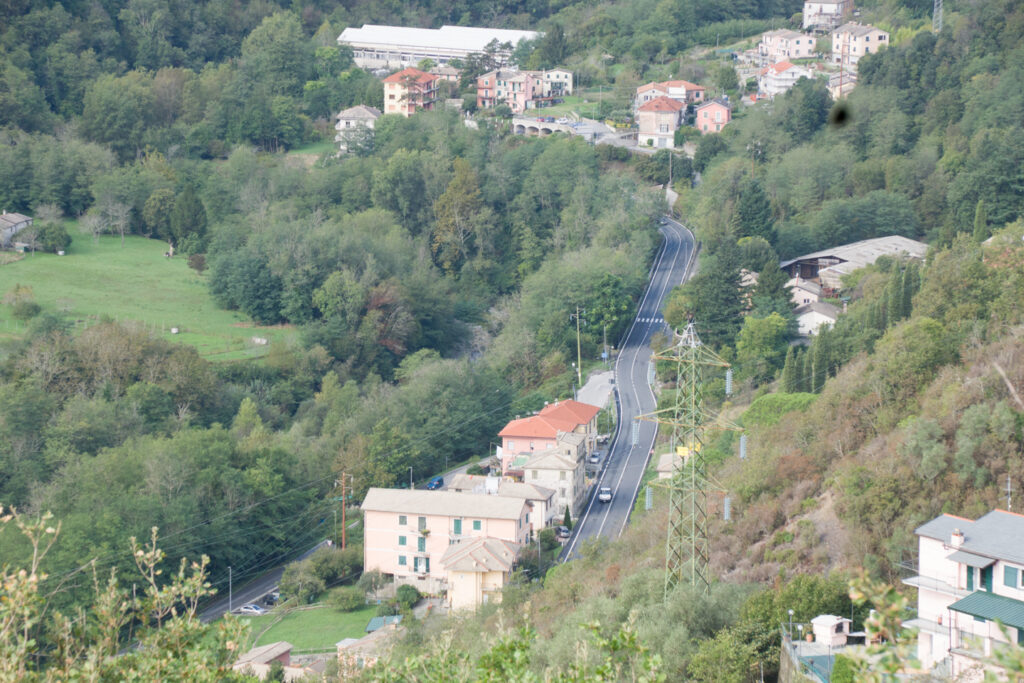
There remained the matter of a birthday meal. Judy had heard wonderful things about a restaurant that specializes in funghi (mushrooms). Closed today. We’ve always enjoyed the ravioli at Osteria U Pelegrin in Romaggi. Also closed today. We read something about Gastronomia Olga in Chiavari and headed there. The place we went to was a storefront deli with no seating–obviously not the place we were looking for. But wait! Turns out they have another place by the waterfront. The downtown Olga manager called ahead, and they were expecting us at the waterfront Olga with plenty of wonderful food. Still a deli where you order at a counter, but you can take it to a table. So we celebrated Judy’s birthday with an impromptu luncheon at a place we hadn’t known about before.
We started Thursday at the house in Chiavari. Lew took a walk to the oceanfront, but closed roads on his way back delayed him by a couple of hours. Meanwhile, the other four of us played Italian Clue!
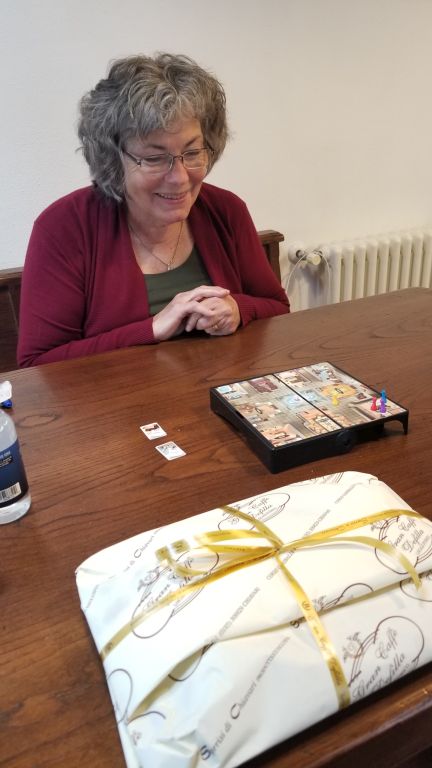
At Ipercoop I found a compact version of “Cluedo” (the game’s original name when it was introduced in England during WW2).
Scarlett, Mustard, White, Green, Peacock, and Plum all retain their familiar names, although without titles; the challenge for us visitors was learning to play the game with the Italian words for the weapons and the rooms. Some we could guess, some we had to look up.
Veleno is poison, a coltello is a knife, and a manubrio is a bicycle handlebar (think “pipe”).
A soggiorno is a living room, a sala di pranza is a dining room, and a camera degli ospiti is a guest room.
That package on the table? Treats Judy bought at Caffé Defilla. Most shops make it a point to wrap things beautifully.
Lew having returned, after Clue7 we headed to Chiavari’s market district again. Judy had seen some fabrics that she wanted for curtains, and she arranged to pick them up in a day or so. The picture below gives some idea of the variety of the inventory; but this was just one of three rooms, all loaded with options. I would have been paralyzed by the choices, but Judy figured it out.

We ate dinner at the house, finishing up leftovers from our various shopping and restaurant trips. I said goodbye to John and Elaine, who would be headed to Rome the next night for their return flight. I decided to make it an early night and do my packing in the morning. And early enough, I was ready to go.
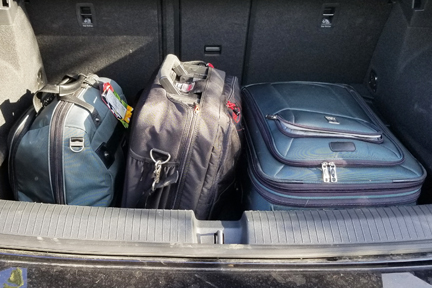
The middle case is my carry-on–a seemingly indestructible SKB case with my camera and laptop. Heavy, but very secure. The others are TravelPro suitcases to be checked.
One last brunch at Ipercoop, one final espresso on the outside observation deck at Genoa’s airport, one more selfie, one more photo with Judy . . .
The first part of this journal started with photos of Italian Alps from the plane before dawn, and it seems appropriate to end with a photo of the Swiss Alps on the way to Frankfurt and then home.
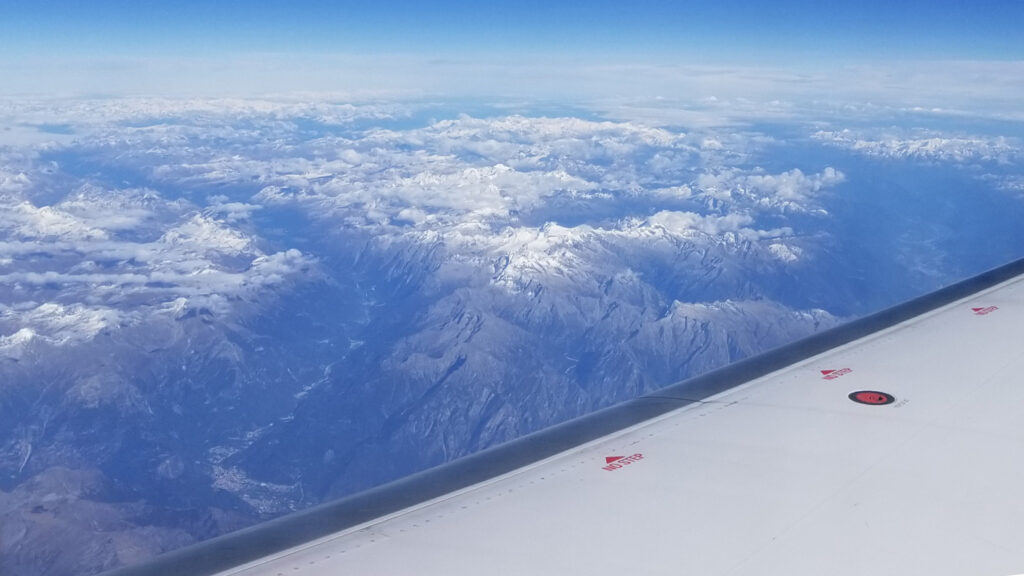
It’s not the iconic “Blue Marble” photo of the earth from Apollo 17, but looking down from a plane does remind me of our common humanity–especially after a trip like this, with so many encounters with new food, odd plumbing, complicated transportation, and different customs, and unfamiliar languages.
Let’s enjoy our blessings where we can. I’m grateful for the opportunity to enjoy this trip and to celebrate Judy’s birthday in the company of family, and to return home to still more family.
Grazie!
You can find Judy’s view on her blog at https://blog.judithlavezzi.com/.
Notes:
- Soglio and Romaggi, in the hills where the Lavezzis come from, are also in the Metropolitan City of Genoa. ↩
- In many America cities, millionaires spent their money on mansions in the city. Clevelanders might think of the Millionaires’ Row that used to exist on Euclid Avenue. ↩
- mount ↩
- stream, sort of ↩
- valley ↩
- “Salt Inn” ↩
- Elaine solved it: Mrs. Peacock committed the murder in the cucina using the candeliere. ↩
